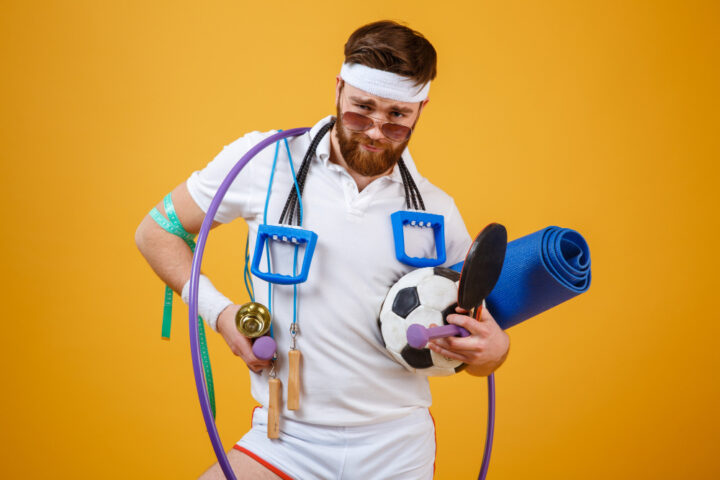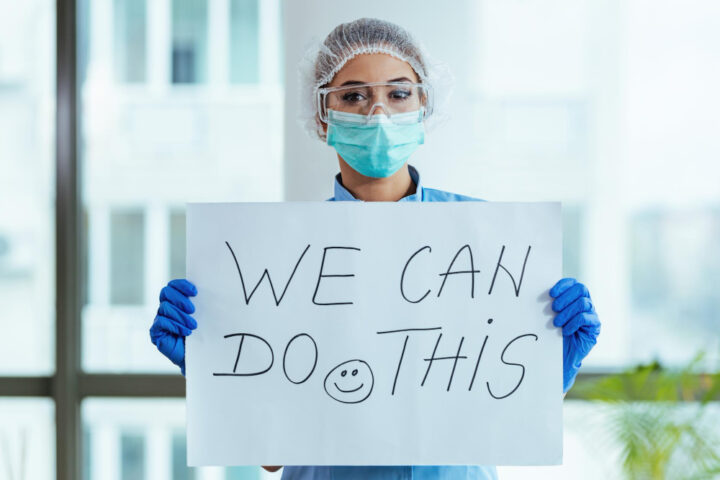Carlos is not my patient. Well not yet and probably never will be. Here’s why.
Carlos is a 35/M who complained of knee pain after playing badminton one weekend. He sought consult from their company physician who requested x-rays of his knee and was referred to an orthopedist for evaluation. Carlo is single, lives alone in his house and works as an information technologist in one company . He took a week off work because he could hardly walk and his knee in pain. He scheduled that appointment with orthopedist, hired a pedicab to fetch him in his house, bring him to the diagnostic center to have his xray taken then ferry him back to his house. He has to wait for 3 days to get the results of his xrays, then hire that pedicab again to ferry him to and back from the diagnostic center just to get the results. Never mind the long queue for just getting the plates.
On the appointment day he hired a pedicab again to fetch him in his house, bring him to the orthopedist clinic and back. He have to queue in line, get his priority number, sit and wait for his time to be called and examined by the orthopedists. Never mind if the call is an hour late, for some unknown reasons. After being seen and examined, he showed his xray and lab results to the orthopedist, “Not enough for a diagnosis” was his physicians words. So the orthopedist ordered another diagnostic, an MRI, prescribed him some pain meds and was advised follow up with MRI results.
His knee pain unbearable, Carlos asked pedicab driver to bring him to the nearest pharmacy to buy his pain meds. He soon found out it is not available there, so he went on looking for it in other pharmacies. Only then he can get home and rest his knee.
The whole rigodon took Carlos the whole day, while bearing the pain on his knee. Thinking about an MRI made Carlos sigh in frustration. Not only that the MRI cost so much but the idea of repeating the whole rigodon doing this diagnostic and bringing it to the orthopedists just so his knees wouldn’t be painful anymore, is just too painful than his “painful” knee. Why is it that with all this healthcare technology- EMRs, Digitalized lab results, imaging, eased the work of healthcare providers but not of the patients?
Of course Carlos is a fictional character. But what he went through is a chimera of the “regular” charades most patients go through when they seek physician consult. Technology is supposedly going to ease these for him, but It hadn’t trickled down to patients yet. While most healthcare providers (institutions, physicians) benefited from the use of technology in healthcare, many patients like Carlos do not share this sentiment.
Join us this Saturday June 4, 2016 9:00 PM Manila time to crowdsource a patient centric approach in easing patient burden in health processes
Many healthcare technology innovations and movers want to solve this problem-easing out the patients burden for health processes, by efficientisizing technology on the provider side. Which in some systems worked out, eventually. I’m not a health information tech guy but like Carlos, I’m very much interested in easing out this health processes burden for patients.
- T1. Are there any health technology innovation models that will actually lessen the “patient burden” in the healthcare processes?
As we all know, the shift to patient centric model of healthcare system, from a provider centric system isn’t exactly a fantastic honeymoon between providers and patients. Health is definitely not easy on change. Most of us knew that patient driven health is the future of medicine and we aren’t ready to accept it yet. Thats why there’s quite a few who are developing technologies that eases out the patient’s burden.
- T2. What are the opportunities and challenges in a patient centric/ driven healthcare technologies?
While Carlos story is well know to healthcare professionals (and will cringe at the thought) not a few will dismiss this as “part” of being a patient. The irony of it all that sometimes, the pain we’re giving patients going through this health process is even worse that what he or she already have from his/her medical condition. “I’m sharing this doctor because you know what’s best for me” resonates both the frustration and godly adulation patients have for their physicians.
- T3. As a patient or patient advocate any patient centric health technology you think (or experienced) that have eased out the patient’s burden? How?
Carlos’ story is a story told so many times. As a physician I have my armamentarium of healthcare tech to help ease out the burden of practice, but have none to unburden my patient’s charade. This often bear much on my decision to order (or not) a diagnostic procedure, a referral, a prescription or even follow up. Patient’s rarely comply because, as a matter fact it takes more than just the patient to go though this burden. Not even us physicians. We can cry foul, or technology sucks. But patients, they rarely have..
So patient centric healthcare technology anyone?
Join us this Saturday June 4, 2016 9:00 PM Manila time to crowdsource a patient centric approach in easing patient burden in health processes!













